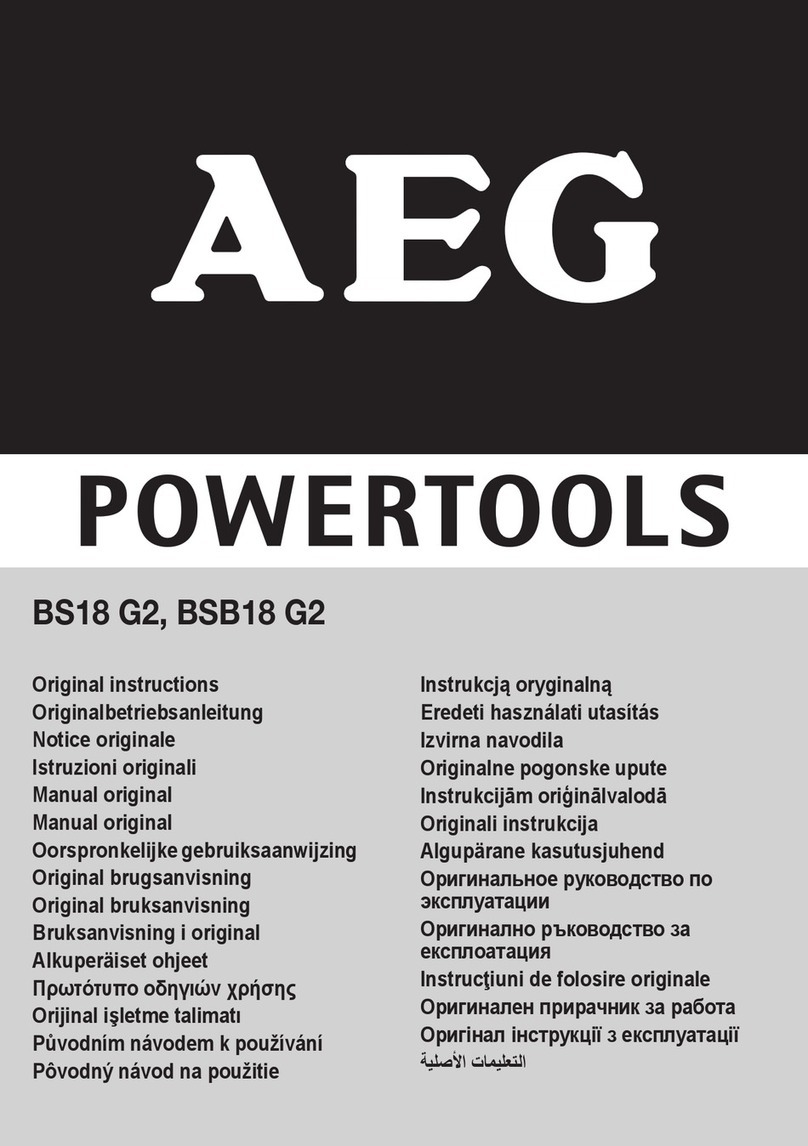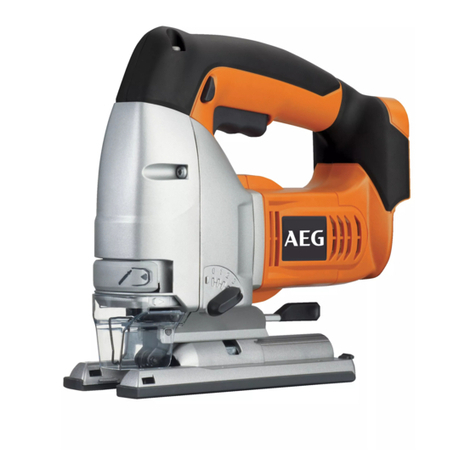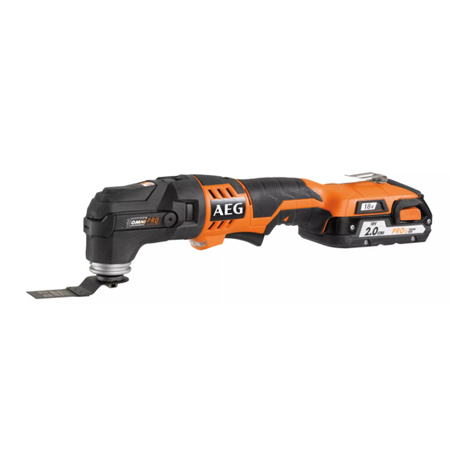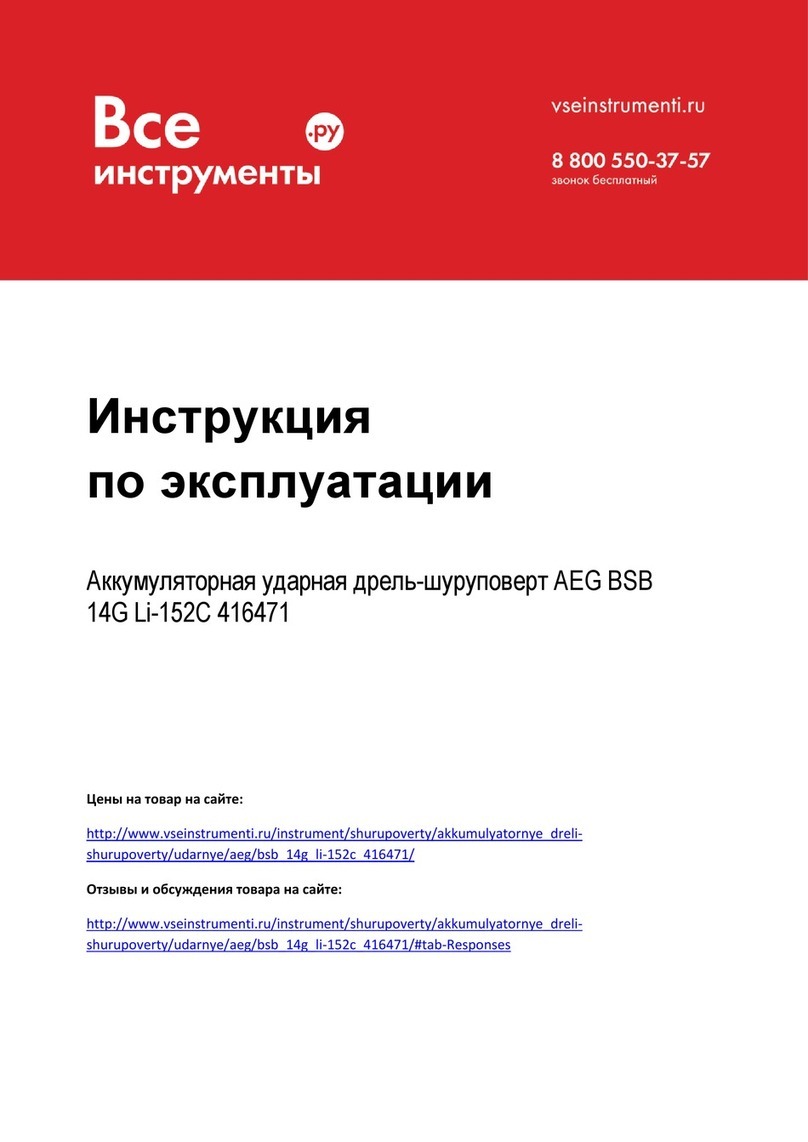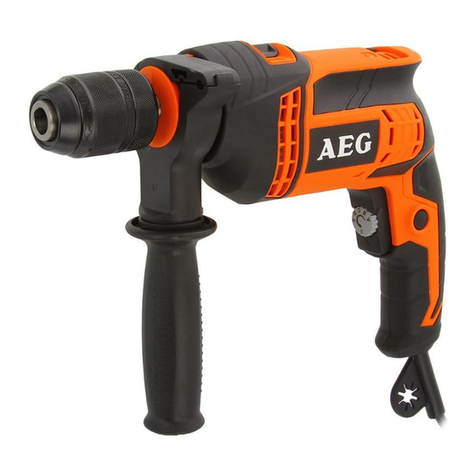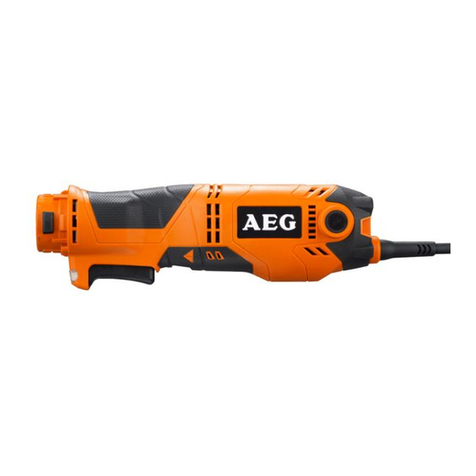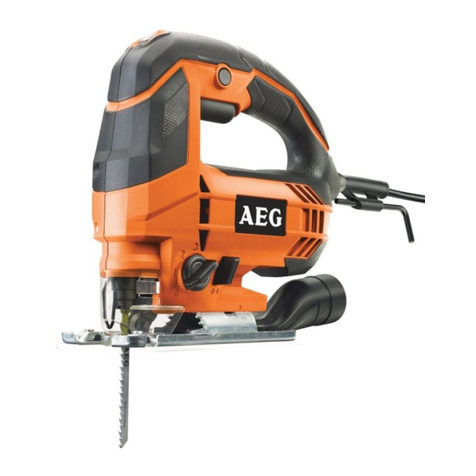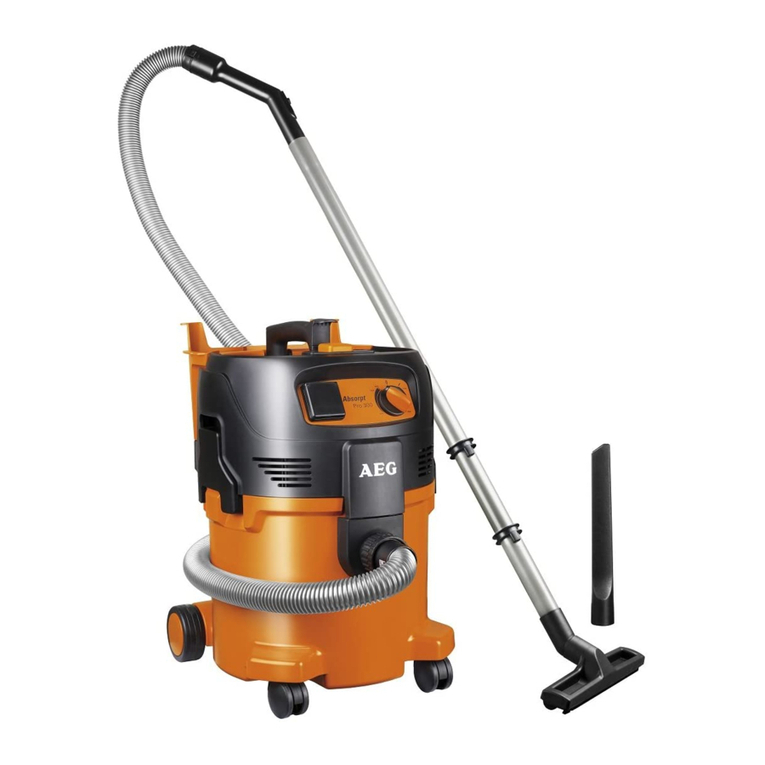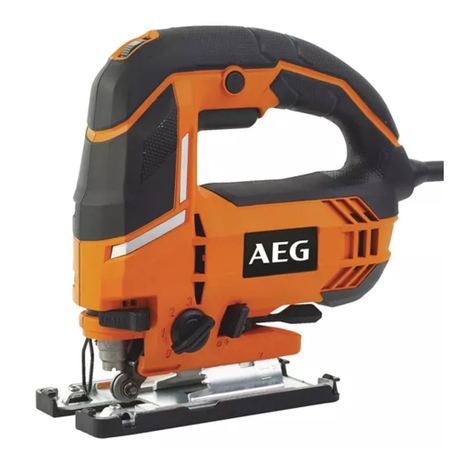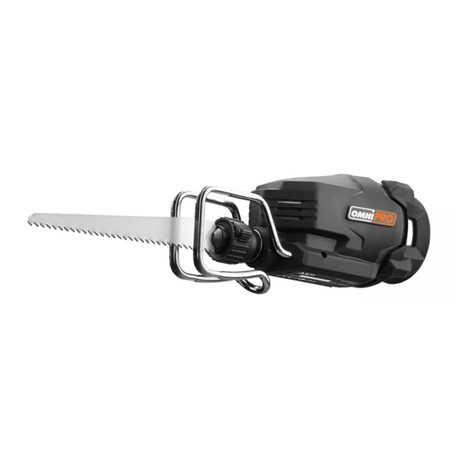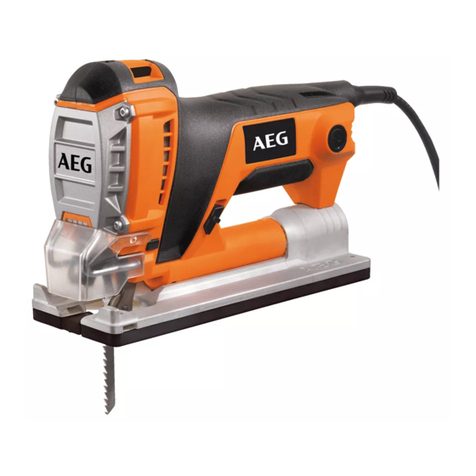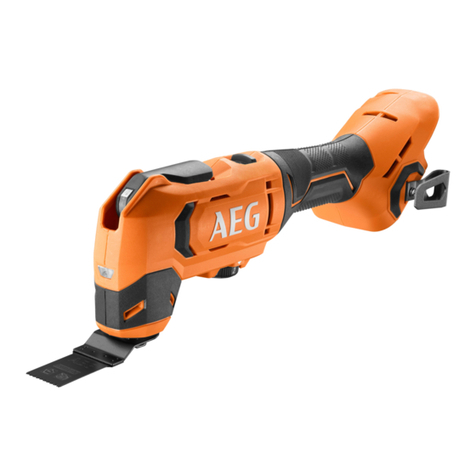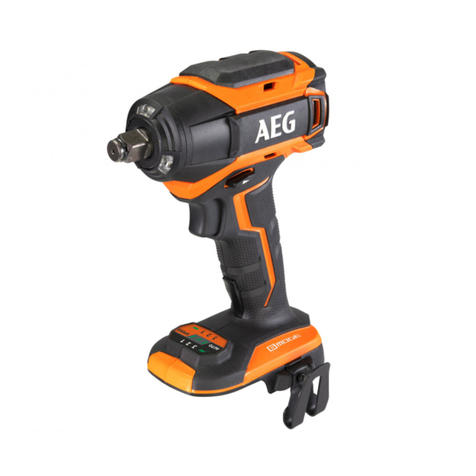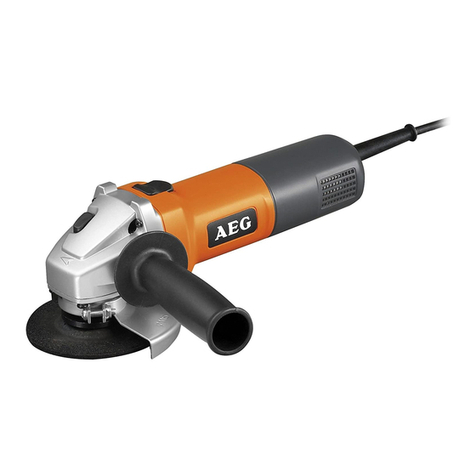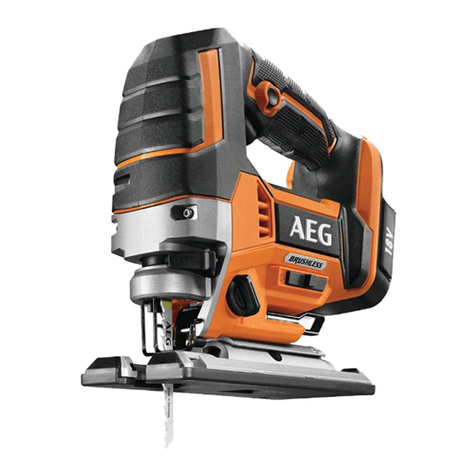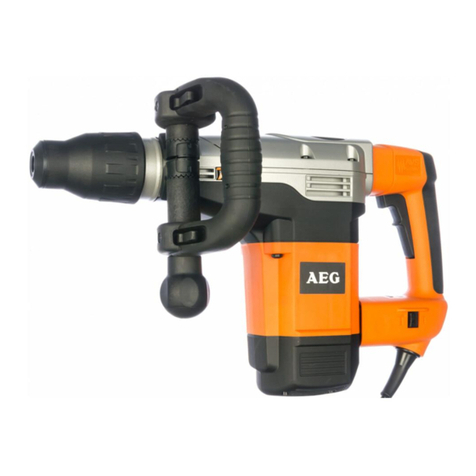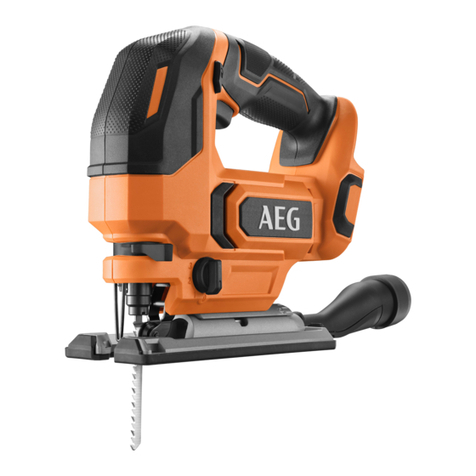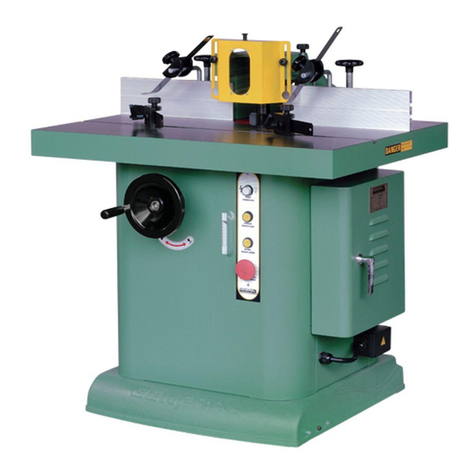
Technical Data,Safety Instructions, Specied Conditions of Use,
Mains connection, Maintenance, Symbols Please read and save
these instructions!
English
12
Technische Daten, Sicherheitshinweise, Bestimmungsgemäße Verwendung,
Netzanschluss, Wartung, Symbole Bitte lesen und
aufbewahren!
Deutsch
16
Caractéristiques techniques, Instructions de sécurité, Utilisation conforme aux
prescriptions, Branchement secteur, Entretien, Symboles A lire et à conserver
soigneusement
Français
20
Dati tecnici,Norme di sicurezza,Utilizzo conforme, Collegamento alla rete,
Manutenzione, Simboli Si prega di leggere e
conservare le istruzioni!
Italiano
24
Datos técnicos, Instrucciones de seguridad, Aplicación de acuerdo a la nalidad,
Conexión eléctrica, Mantenimiento, Símbolos Lea y conserve estas
instrucciones por favor!
Español
28
Características técnicas, Instruções de segurança, Utilização autorizada,
Ligação à rede, Manutenção, Symbole Por favor leia e conserve
em seu poder!
Português
32
Technische gegevens, Veiligheidsadviezen, Voorgeschreven gebruik van het
systeem, Netaansluiting,Onderhoud, Symbolen Lees en let goed
op deze adviezen!
Nederlands
36
Tekniske data, Sikkerhedshenvisninger, Tiltænkt formål, Nettilslutning,
Vedligeholdelse, Symboler Vær venlig at læse
og Opbevare!
Dansk
40
Tekniske data, Spesielle sikkerhetshenvisninger, Formålsmessig bruk,
Nettilkopling, Vedlikehold, Symboler Vennligst les og oppbevar!
Norsk
44
Tekniska data, Säkerhetsutrustning, Använd maskinen Enligt anvisningarna,
Nätanslutning, Skötsel, Symboler Läs igenom och spara!
Svenska
48
Tekniset arvot, Turvallisuusohjeet, Tarkoituksenmukainen käyttö,
Verkkoliitäntä, Huolto, Symbolit Lue ja säilytö!
Suomi
Τεχνικά στοιχεία, Ειδικέ υποδείξει ασφάλεια, Χρήση σύφωνα ε το σκοπό
προορισού, Μπαταρίε, Χαρακτηριστικά, Συντήρηση, Σύβολα.
Ελληνικά
56
Teknik veriler, Güvenliğiniz için talimatlar, Kullanim, Şebeke bağlantisi,
Bakim, Semboller Lütfen okuyun ve saklayın
Türkçe
60
Technická data, Speciální bezpečnostní upozornění, Oblast využití,
Připojení na sít, Údržba, Symboly Po přečtení uschovejte
Česky
64
Technické údaje, Špeciálne bezpčènostné pokyny, Použitie podl’a predpisov,
Siet’ová prípojka, Údrzba, Symboly Prosím prečítať a uschovať!
Slovensky
68
Dane techniczne, Specjalne zalecenia dotyczące bezpiecze´nstwa,
Użytkowanie zgodne z przeznaczeniem, Podłączenie do sieci, Gwarancja, Symbole Należy uważnie przeczytać i
zachować do wglądu!
Polski
72
Műszaki adatok, Különleges biztonsági tudnivalók, Rendeltetésszerű használat,
Hálózati csatlakoztatás, Karbantartás, Szimbólumok Olvassa el és őrizze meg
Magyar
76
Tehnični podatki, Specialni varnostni napotki, Uporaba v skladu z namembnostjo,
Omrežni priključek, Vzdrževanje, Simboli Prosimo preberite
in shranite!
Slovensko
80
Tehnički podaci, Specijalne sigurnosne upute, Propisna upotreba,
Priključak na mrežu, Održavanje, Simboli Molimo pročitati i sačuvati
Hrvatski
84
Tehniskie dati, Speciālie drošības noteikumi, Noteikumiem atbilstošs izmantojums,
Tīkla pieslēgums, Apkope, Simboli Pielikums lietošanas pamācībai
Latviski
88
Techniniai duomenys, Ypatingos saugumo nuorodos, Naudojimas pagal paskirti,
Elektros tinklo jungtis, Techninis aptarnavimas, Simboliai Prašome perskaityti
ir neišmesti!
Lietuviškai
92
Tehnilised andmed, Spetsiaalsed turvajuhised, Kasutamine vastavalt otstarbele,
Võrku ühendamine, Hooldus, Sümbolid Palun lugege läbi ja hoidke alal!
Eesti
96
Òåõíè÷åñêèå äàííûå, Ðåêîìåíäàöèè ïî òåõíèêå áåçîïàñíîñòè,
Èñïîëüçî- âàíèå, Îáñëóæèâàíèå, Ñèìâîëû
Пожалуйста прочтите и
сохраните эту инструкцию.
Pусский
100
Òåõíè÷åñêè äàííè, Ñïåöèàëíè óêàçàíèÿ çà áåçîïàñíîñò, Èçïîëçâàíå ïî
ïðåäíàçíà÷åíèå, Ñâúðçâàíå êúì ìðåæàòà, Ïîääðúæêà, Ñèìâîëè Моля прочетете и запазете!
Български
104
Date tehnice, Instruciuni de securitate, Condiii de utilizare specifcate,
Acumulatori, Intreinere, Simboluri Va rugăm citii şi păstrai
aceste instruciuni
Română
108
Òåõíè÷êè Ïîäàòîöè, Óïàòñòâî Çà Óïîòðåáà, Ñïåöèôèöèðàíè Óñëîâè
Íà Óïîòðåáà, БАТЕРИИ, Îäðæóâàå, Ñèìáîëè
Ве мoлиме прочитаjте го и
чувајте го ова упатство!
Мaкeдohcки
112
技术参数, 特别安全说明书, 详细使用说明, 电源连接, 维护保养, 符号
请详细阅读并妥善保存!
中文
116
120
52
All manuals and user guides at all-guides.com
